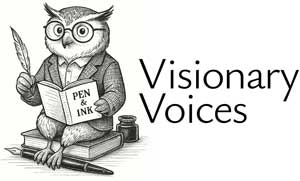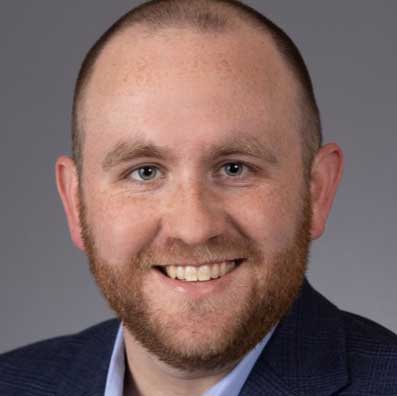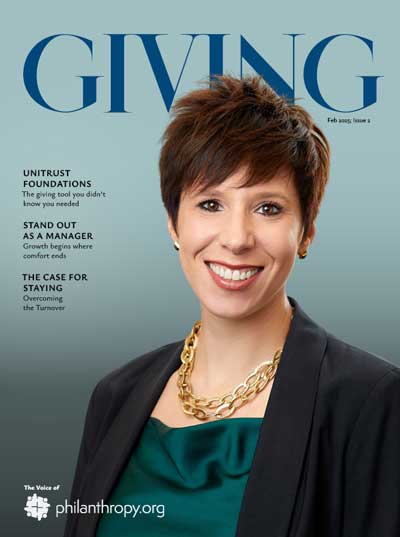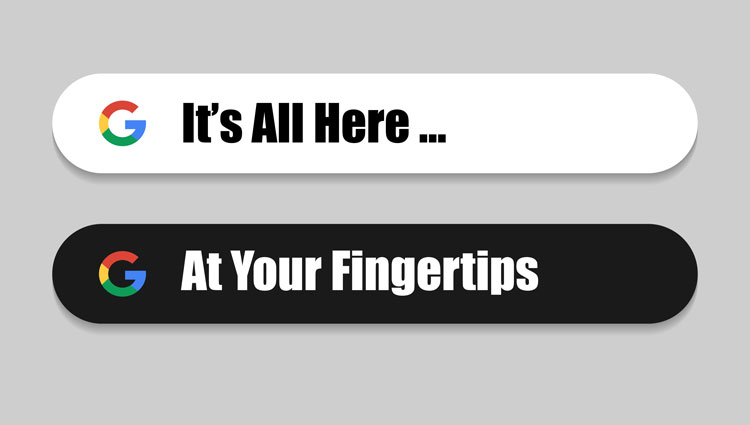The most powerful acts of philanthropy rarely involve press releases, celebrity names, or commas in the millions.
“MacKenzie Scott has donated $133.5 million to educational nonprofit Communities in Schools … the billionaire philanthropist’s donation is the largest unsolicited gift in the program’s history.”
This 2022 statement, as reported by CNN and announced by Communities in Schools, was one of many multimillion-dollar gifts given to nonprofits across the country by MacKenzie Scott after her highly publicized split with Amazon’s founder, Jeff Bezos. It is also a statement that thousands of nonprofits could likely replicate. Since 2019, she has distributed over $19.25 billion to more than 2,450 nonprofits, according to her website, Yield Giving.
During this time, I, along with many other professors across the country, have taught undergraduate students about philanthropy. We’ve focused on what philanthropy means, how it works, and why it matters. We’ve had a front row seat to developing the next generation of philanthropic leaders.
Given the transformative and, frankly, massive impact Scott has made across the nonprofit sector, one of the biggest challenges I face is helping students recalibrate their expectations regarding philanthropic activity. When their first exposure to giving comes from Bill Gates, Warren Buffett, or MacKenzie Scott, it distorts their sense of scale. They believe philanthropy begins with millions or even billions of dollars.
When a high-net-worth donor launches a foundation or announces a seven, eight, or even nine-figure gift, it dominates the headlines. But that doesn’t mean it should dominate how we think about giving, especially at the local level.
MacKenzie Scott’s giving strategy, although nearly unfathomable in scale, provides a glimpse into how billionaire giving can translate to the more traditional local giver.
I do not want to demonize, or even minimize, the impact of the ultra-wealthy. Their philanthropy has cured diseases, reshaped education, and saved countless lives.
However, I want to call for making philanthropy accessible to everyone. We need to stop treating billionaire philanthropy like a playbook. We need to stop looking up and start looking around.
Community First, Not Celebrity
We need to shift the narrative. Philanthropy at the local level isn’t small; it’s targeted. It’s deeply personal. It’s powerful.
It is the teacher who provides school supplies out of his or her own paycheck. The neighborhood group that fundraises and advocates for an accessible playground. The local family that fosters and bottle-feeds kittens because the shelter is overcrowded.
These are stakeholders deeply invested in helping their communities flourish.
When we idolize the billionaire giver, we risk missing what really matters: proximity. The closer you are to the need, the more context you have. And context leads to a more thoughtful and more responsive type of giving.
Scale Doesn’t Equal Smarter
The philanthropic moves of the ultra-wealthy can be bold, but they aren’t automatically better or smarter. As much as billionaires are often born out of successful business ventures, success is rarely predictable or indicative of wise decision-making.
Guy Raz, host of the How I Built This podcast series, ends each interview by asking founders whether their success is due to luck or skill. The answers are certainly a mixed bag. This should be neither surprising nor concerning. Humans aren’t perfect. That is ok.
Wisdom is not exclusive territory of those in the highest positions of society. The wisdom of the mom trying to improve literacy in her community should be valued, uplifted, and prized.
Yes, the expansive resources of the ultra-wealthy philanthropists can help solve large-scale problems, but the generosity of the local philanthropist is the lifeblood of a thriving community.
Look Around
It’s time to stop asking what billionaires are doing with their money and start asking what our communities need and how we can support that. We don’t need a bystander view of philanthropy. We need an on-the-ground commitment that empowers local leaders to use their time, treasure, and talent effectively.
Billionaires can afford to be wrong. Local communities cannot.
So, let’s stop looking up for inspiration. Let’s look around. Because the future of philanthropy isn’t top-down, it is all around us.







